Cat language—including cat talk and non-verbal messages—is sometimes puzzling. Cats have been regarded for centuries as mysterious, solitary, and unpredictable creatures perhaps because humans have difficulty understanding what they're saying. While people rely primarily on speech to communicate, cats predominately communicate in a silent language.
Cats speak by using complex combinations of body language, vocalization, and scent cues. Learn how to recognize cat language basics, and figure out the most common combinations, to understand what your cat is saying to you and the other pets in your family.
With practice, you will soon be an expert at cat language—to the extent that you may even be able to answer back!
- 01 of 07
Vocalizing With Meows, Purrs, and More

Andrei Spirache / Photographer's Choice RF / Getty Images
Cats use vocalizations to express emotion. Meowing, purring, hisses, growls, and more are included in the feline repertoire, each with special meanings depending on their context. While adult cats normally don't meow at each other, domesticated cats have learned to meow at humans. Some scientists think this is a manipulative behavior cats adopt to get what they want from their owners.
02 of 07Ear Talk
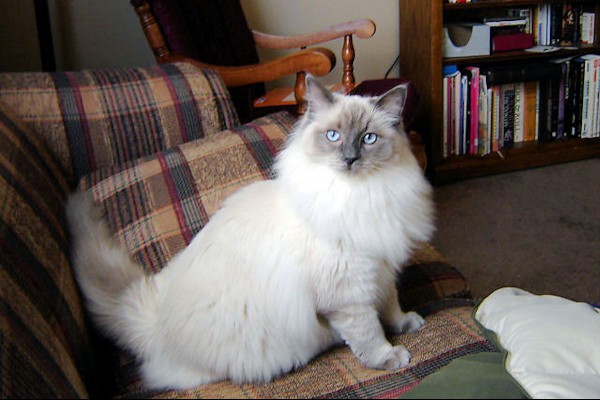
Teresa A. Schlinger
Cats also express emotion with their ears, as well as intent. Forward-facing ears express interest. Generally speaking, the more a cat’s ears swivel sideways and backward, the greater the cat’s arousal or distress. Backward ears and a hiss or swipe are a sure sign your cat feels threatened or doesn't like what you're doing.
03 of 07Eye Talk
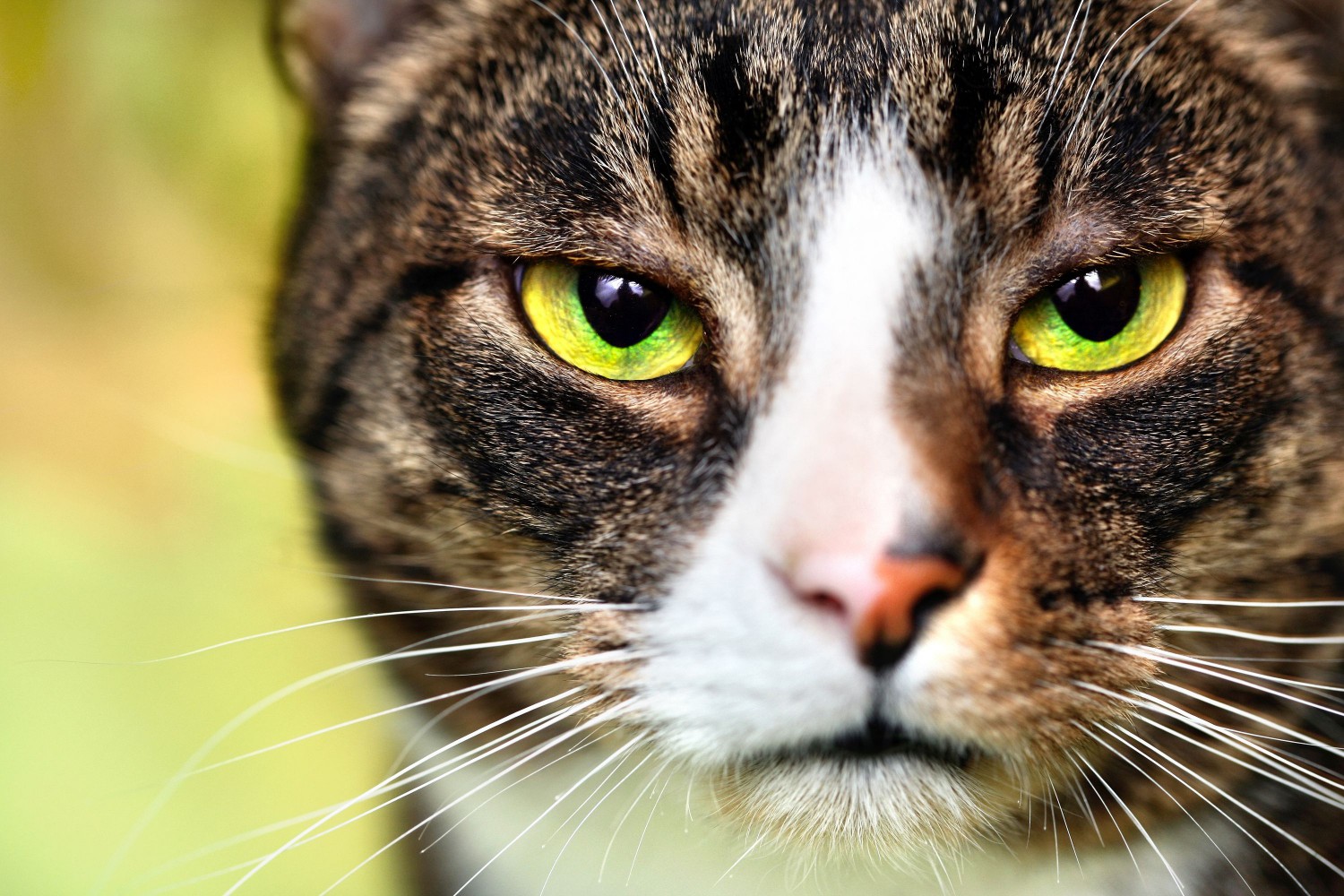
Michael Bodmann / E+ / Getty Images
Cats communicate with their eyelids—how open or closed they are—as well as with the dilation of the pupil (black portion of the eye). A sudden dilation (enlarging) of the pupil results from sudden arousal, which could be due to fear, interest, or any other strong emotion. Wide-open eyes show trust while narrowing the eyes to a slit can signal fear or aggression. If your cat shows droopy, sleepy-looking eyelids, this is a sign that your cat is relaxed and trusting. Try a slow blink and see if your cat blinks back, showing a "kitty kiss" of affection. But if your cat is staring at another cat without blinking, that is a sign of dominance or aggression.
04 of 07Tail Talk
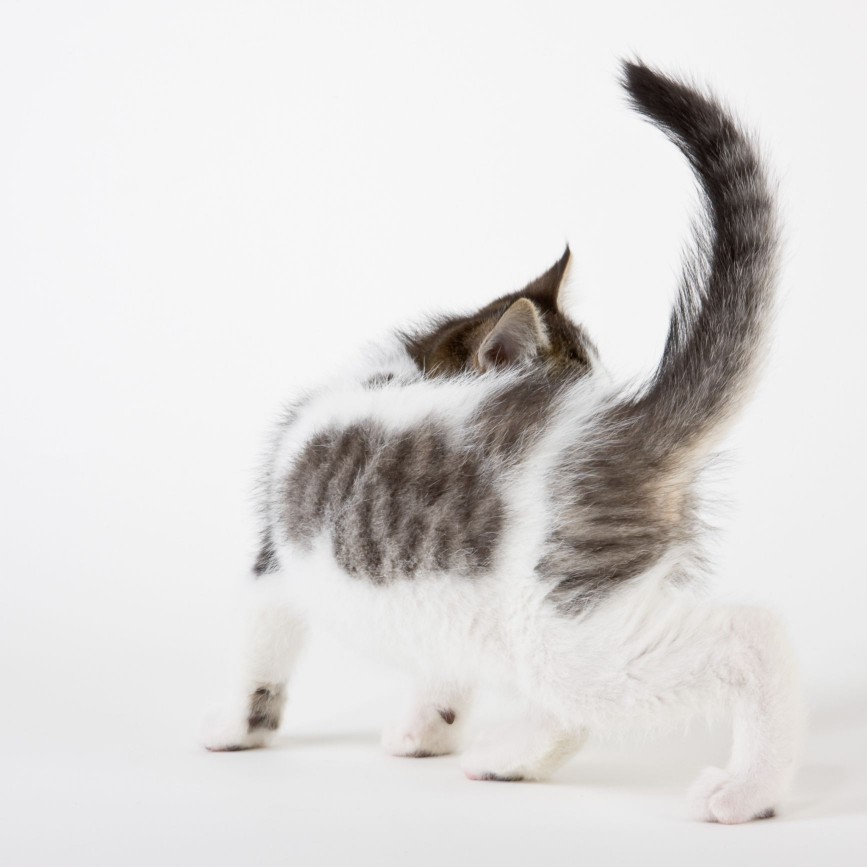
Michael Kloth / Fuse / Getty Images
A cat's tail signals interest, affection, arousal, and more. The height of the tail, as well as the motion, has meaning. Cats hold their tails up when they want to be approached; this is a sign that interaction is welcome. A flailing or thumping tail usually is a signal to keep your distance. A tail that's swishing back and forth could be a sign of play or that the cat is frustrated. If the fur on the tail bristles, it shows defensiveness. When held high and bristled, the cat is ready to fight. When tucked between the legs, the cat is very fearful.
Continue to 5 of 7 below05 of 07Fur Talk
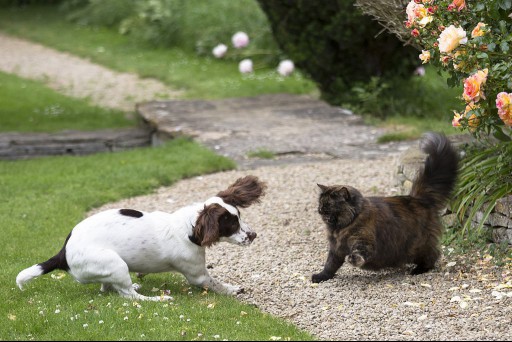
Tim Graham / Getty Images
A healthy, calm cat’s fur rests smoothly against the body. Cats are self-grooming animals, so the state of their fur can tell you a lot about the health of the animal. Unkempt fur can indicate ill health and should not be ignored, especially when accompanied by other symptoms, such as lethargy or vomiting. But a suddenly fluffed coat, including a “bottle brush” tail, suggests fear or aggression. It's best to back off from a cat exhibiting this kind of response.
06 of 07Smell and Scent
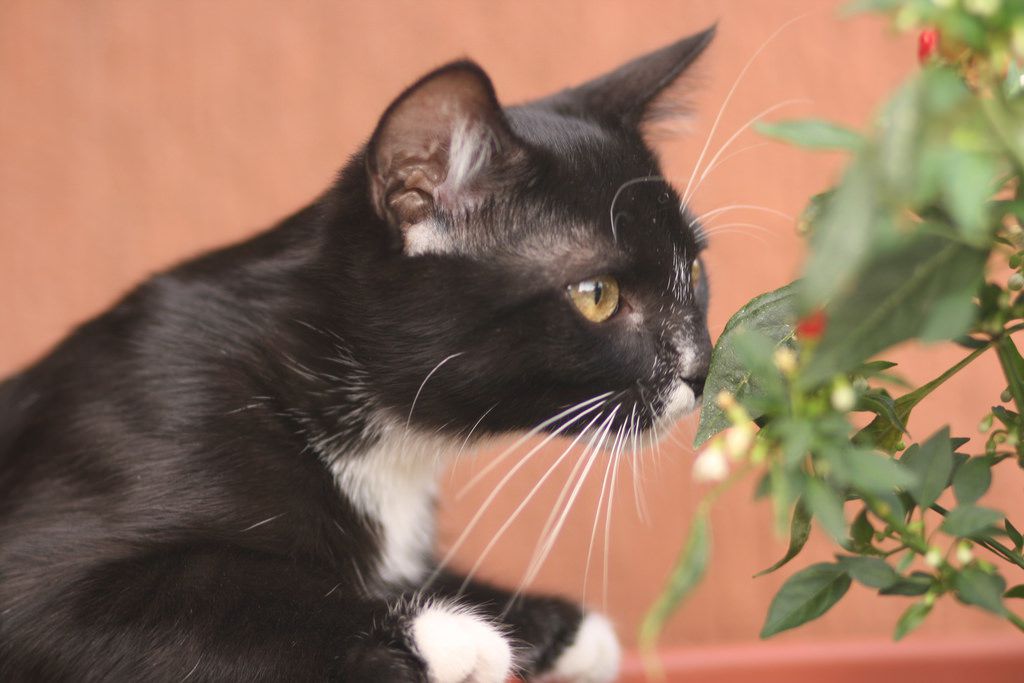
Enrico / Flickr
Humans can’t always detect or interpret the scent cues cats use for communication. However, among scent tools, cats employ strong urine and feces marking, bunting (body rubbing) behavior, and clawing to leave scented messages that other cats read. Cats are territorial, and the scents they leave behind are clearly designed to send the message that "this territory is mine" to would-be interlopers. Their sense of scent is so powerful that even very young kittens utilize scent before they can see clearly.
07 of 07class="comp sources mntl-block">Body Talk
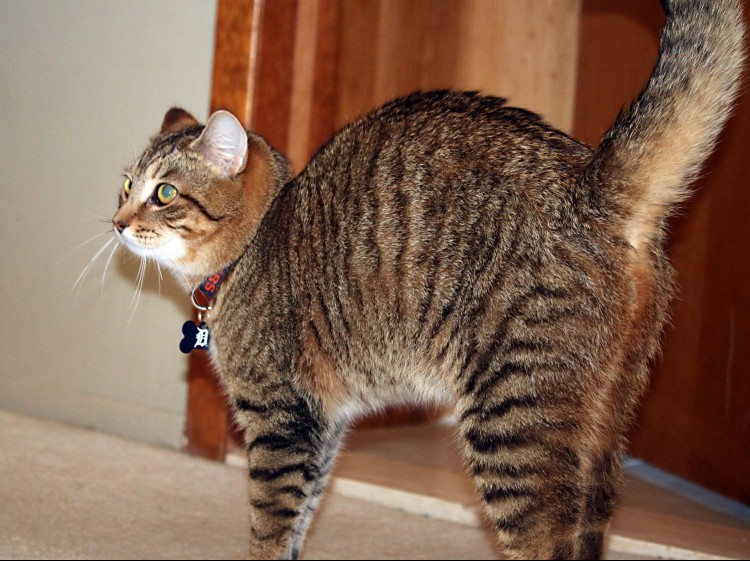
Theresa DePorter, BS, DVM, DECAWBM, DACVB The cat’s total body posture indicates everything from confidence to fear or submission. To understand the full message, the body talk must be read in conjunction with what the eyes, ears, tail, fur, and vocalizations express.
A relaxed and happy cat would have ears pointed slightly forward, eyes relaxed, and whiskers also pointed forward. The more you pay attention to your cat, the easier it will be to read its body language and learn what they're trying to tell you.
If you suspect your pet is sick, call your vet immediately. For health-related questions, always consult your veterinarian, as they have examined your pet, know the pet's health history, and can make the best recommendations for your pet.

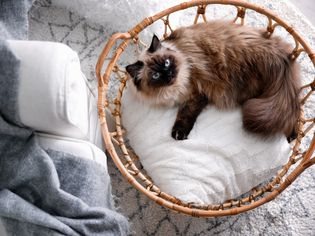
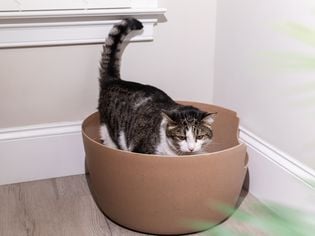


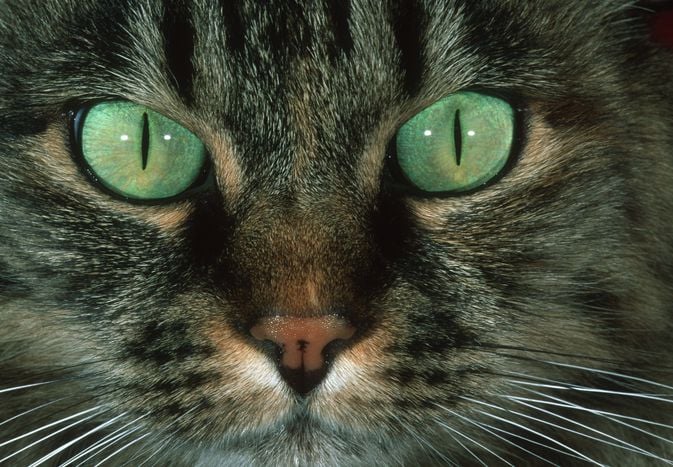



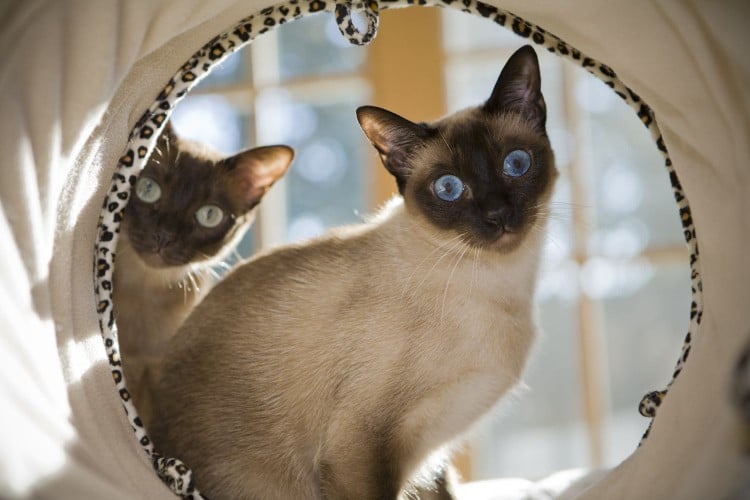
Comments on " Cat Language and Signals Explained" :